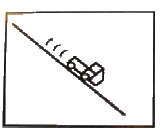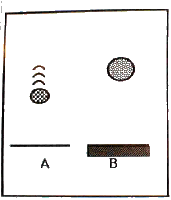| Classroom activities to help children learn about fair testing |
| 1. Carry out a test in front of the children which you deliberately make unfair. |
 |
| You pushed that one but you just let the other one go - that's not fair! |
You measured one from the front and the others from the back - that's not fair! |
You started one from higher up the ramp - that's not fair! |
| 2. A test to see which surface is more bouncy. The teacher makes two different sized balls and drops them from different heights. She then asks: What is wrong with this test? |
 |
| One ball is bigger than the other - that's not fair! |
One ball was thrown - that's not fair! |
One ball has to fall further than the other - that's not fair! |
| 3. The teacher reads to the children these descriptions of tests carried out by others. She then asks: Which one is a fair test? |
| We wanted to find out how much water plants need to make them grow well. We took six germinating plants and gave them the different amounts of water each day. Three were kept on the window sill and three on top of the cupboard. |
We wanted to find out how long it took parachutes made of different materials to fall to the ground. We made them the same size and dropped them from the same height. We then timed how long each took to fall. |
| 4. The children are presented with the following list of variables, and asked to select the appropriate conditions for a fair test. The test is to identify the effect of changing the amount of water supplied on the growth of grass plants. The purpose of this activity is to show the children that there are many different possible choices for the control variables. The child needs to control all these by choosing one condition for each of these variables. The condition that they choose in each case is in a sense arbitrary. |
| My test - When I change the amount of water I give to the grass seeds, what will happen to the height the grass plant will be after three weeks? |
| Type of soil |
sand |
peat |
garden soil |
| Amount of seed (spoons) |
1 |
2 |
3 |
| Depth of planting (cm below) |
0 (surface) |
0.5 |
2 |
| Light (situation) |
window sill |
cupboard |
table |
| Temperature (°C) |
5 |
10 |
20 |
|



